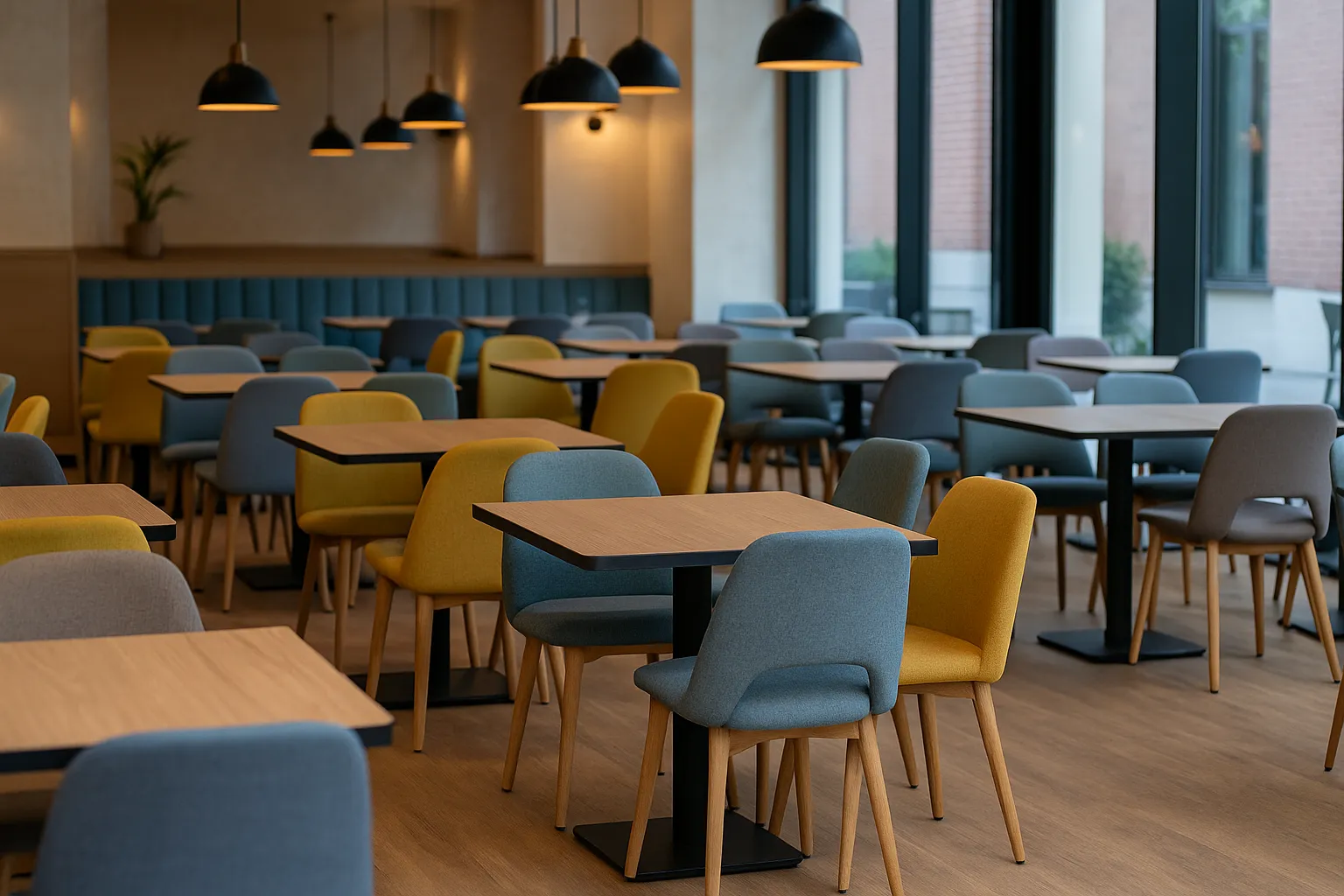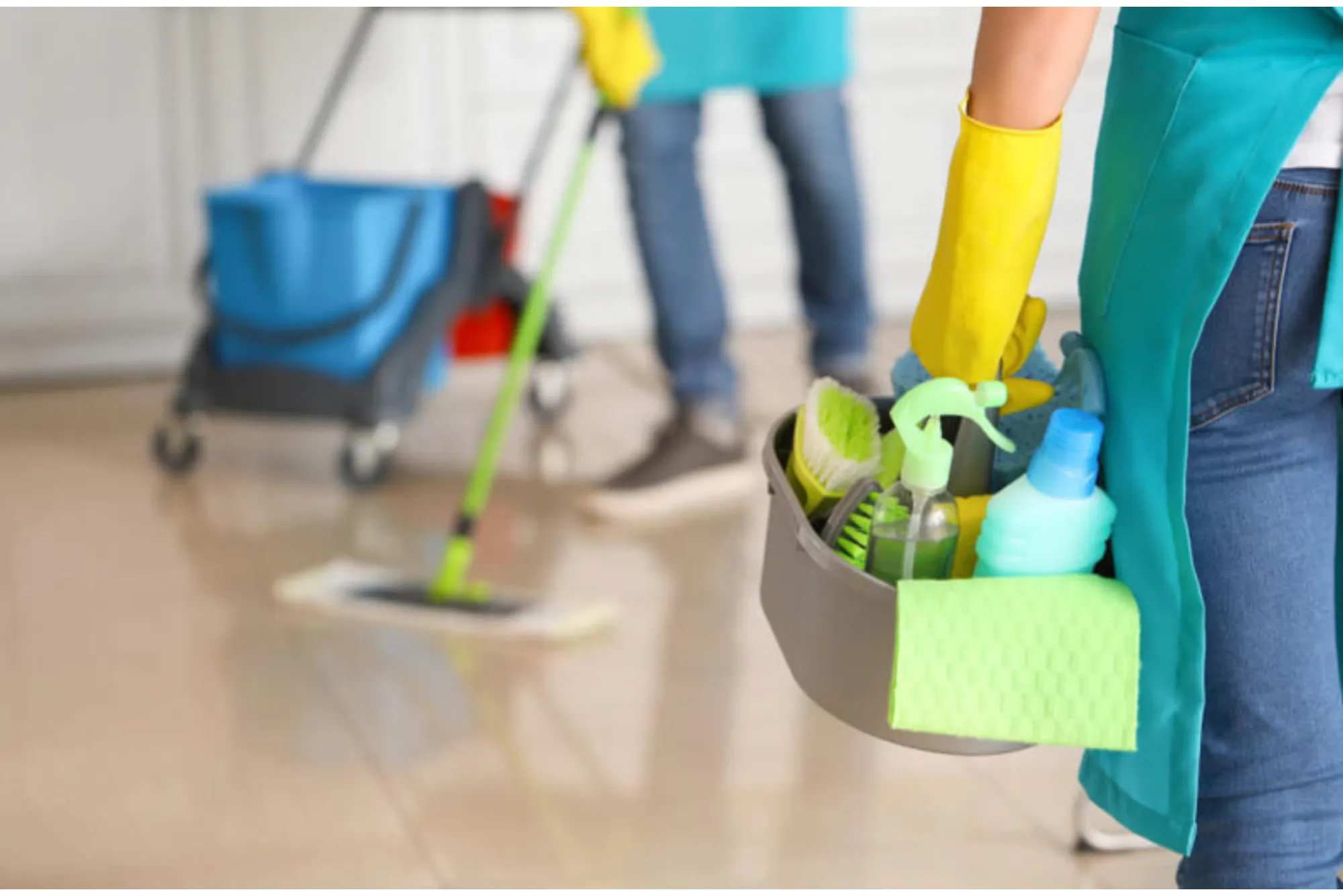Selecting the right chairs is one of the most important decisions when furnishing a restaurant or café. Beyond looks, the material of the chairs determines durability, comfort, maintenance, and how well the furniture supports your brand image. When purchasing in bulk, this choice becomes even more critical because replacing dozens or even hundreds of chairs later is costly and disruptive. So, which materials are truly the best for restaurant chairs wholesale?
Why Material Choice Matters
When I consult with restaurant owners, I often stress that chairs are not just functional objects—they are investments in the customer experience. A poorly chosen material can lead to constant repairs, uncomfortable seating, and a mismatched aesthetic. On the other hand, the right choice ensures longevity, consistent style, and guest satisfaction. When browsing restaurant chairs wholesale suppliers, owners should pay as much attention to the material as they do to design or price. After all, the right material can make the difference between furniture that lasts three years versus ten.
The Most Popular Materials for Wholesale Restaurant Chairs
Different restaurants have different needs, but some materials consistently stand out as reliable choices. Wood, for instance, remains a classic favorite. Hardwood chairs exude warmth and authenticity, making them ideal for fine dining spaces or rustic cafés. They do require occasional refinishing to handle scratches and dents, but their long-term appeal is hard to beat.
Metal, on the other hand, offers unmatched durability. Aluminum or steel chairs are lightweight, sturdy, and resistant to daily wear. They are especially popular in fast-casual dining and high-traffic cafés because they can withstand constant movement. Many cafés exploring cafe chairs wholesale choose metal because it balances strength with style—powder-coated finishes can mimic various looks while preventing rust.
Upholstered Chairs: Comfort vs. Maintenance
Another category worth mentioning is upholstered chairs. Upholstery adds comfort and style, making customers more likely to linger and order more. This option works well in full-service restaurants, lounges, or cafés that want to create a cozy, inviting environment. However, upholstered chairs require more maintenance—fabric can stain easily, and faux leather, while easy to wipe, can peel over time if not cared for.
In my experience, restaurants that choose upholstered chairs often adopt a hybrid approach, mixing upholstered seating for main dining areas with more durable wood or metal options in high-turnover sections. This ensures comfort where it matters most without compromising practicality.
Plastic and Polypropylene Chairs
For budget-conscious or outdoor-focused establishments, plastic chairs made from polypropylene or molded resin have become increasingly popular. They are lightweight, stackable, and resistant to moisture, making them ideal for patios, cafeterias, or quick-service outlets. While they may lack the upscale feel of wood or upholstery, modern designs have elevated their look, allowing them to fit in even at trendy cafés.
One café I worked with in Jakarta outfitted its entire outdoor seating area with polypropylene chairs in vibrant colors. Not only were they affordable, but they also created a lively, Instagram-worthy aesthetic that attracted younger customers.
Blended Materials for Modern Aesthetics
A growing trend in wholesale restaurant furniture is the blending of materials. For instance, wooden legs paired with a plastic or upholstered seat combine the sturdiness of natural wood with the comfort or practicality of modern materials. These hybrid chairs often strike the perfect balance between durability and design, appealing to restaurants that want both.
Suppliers now offer countless variations of these blends, and wholesale buyers can benefit from bulk discounts while still enjoying design flexibility.
Practical Tips for Choosing Materials
When selecting materials for your restaurant chairs, it’s important to consider not just upfront cost but long-term performance. Ask yourself: how often will the chairs be moved? Will they be exposed to outdoor elements? Is easy cleaning a priority in your restaurant’s daily operations? For fine dining, wood or upholstery may be worth the investment. For high-turnover cafés, metal or polypropylene might be the smarter option.
I often recommend restaurants order a small batch of chairs in different materials and test them in their space before committing to a large order. This practical step helps avoid costly mistakes and ensures the chosen chairs truly match the restaurant’s needs.
Final Thoughts: The Best Material Depends on Your Vision
There is no single “best” material for restaurant chairs wholesale. The ideal choice depends on your restaurant’s style, customer profile, and operational realities. Wood offers timeless elegance, metal ensures toughness, upholstery provides comfort, plastic delivers affordability, and blended designs balance it all.
Ultimately, the best investment is the one that aligns with your brand image and withstands the daily demands of restaurant life. Taking the time to evaluate materials before placing a large order will pay dividends in customer satisfaction and reduced long-term costs.





